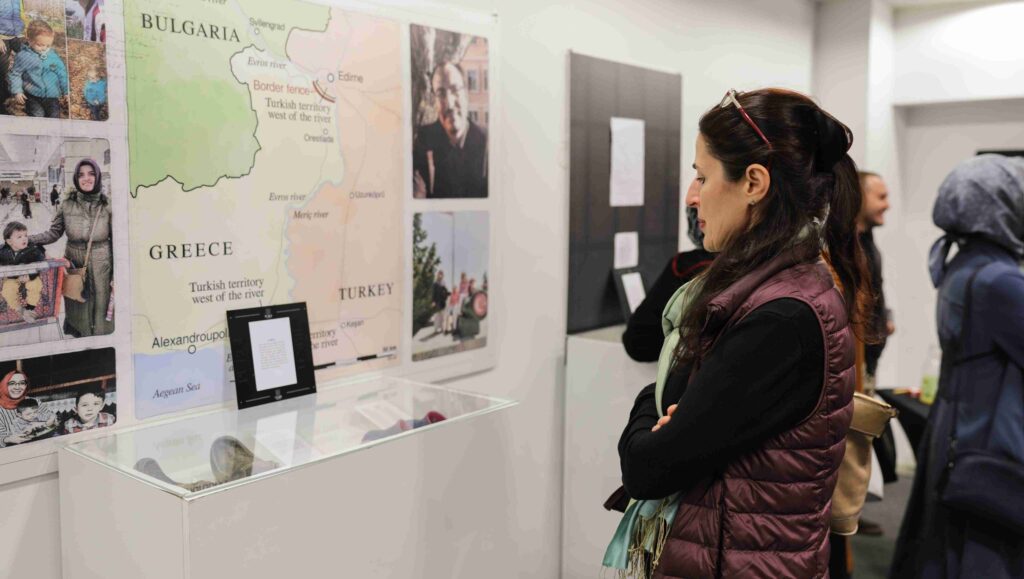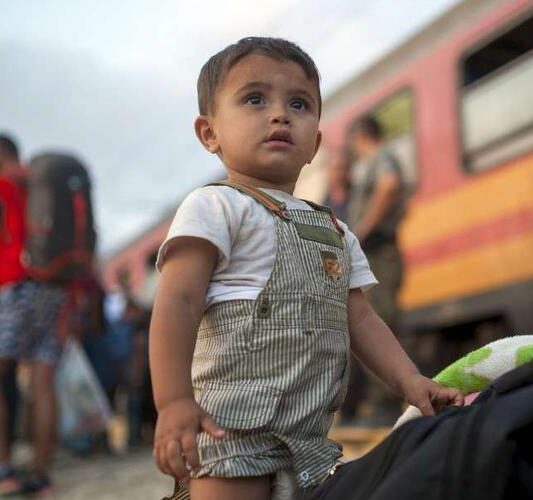The European Union (EU) has always been an attractive destination for regular and irregular migrants and therefore policies have been developed by the EU to manage irregular migration. These migration policies, which date back to the 1950s after World War II, including the recruitment of “guest workers” from Turkey, Greece and Italy in order to increase the labor force and to meet the restructuring and industrial needs of Europe until the 1970s, were shaped by the Schengen Agreement, which came into force in response to the migration flows from Eastern Europe to the West, especially during and after the Cold War in the 1980-1990s.
This set of policies, aiming at internal integration and unity in external border control, has been put to the ultimate test with the massive influx of refugees, especially since the 2010s, as populations fleeing wars and crises in the Middle East and North Africa, particularly in Syria, Iraq and Afghanistan.
During 2015, the Union has faced more than 1 million asylum-seeking applications, mostly from migrants who reached Europe by boat and illegally, and countries such as Greece and Italy, where migrants first entered, have been overwhelmed by the number of applications, leading to an increase in anti-immigrant sentiment, violence against migrants and the popularization of radical right-wing parties.

For instance, during the crisis, countries such as Macedonia, Croatia and Slovenia closed their borders and over 60,000 people were trapped in camps in Greece.
The “Mandatory Quota System”, which the European Council saw as a solution and which foresaw that countries would share the migrant population over time according to the strength of their economies, their populations and the capacity of the asylum camps, failed to come to a conclusion as countries such as Hungary, the Czech Republic and Poland refused to participate. From 2016 onwards, the European Commission in particular came up with various reforms to overcome the crisis, but the negotiations struggled to cope with the fierce opposition of the rising right-wing parties.
This is all the more challenging for migrants who have been displaced from their homes and homelands and have settled within the borders of the Union in the hope of building a new life for themselves.

The asylum system faces slow processing and congestion due to high migrant numbers, overcrowded camps leading to poor living conditions and increased humanitarian needs, and insufficient AMIF funding to fully support Member States’ needs.
Human rights criticisms focus on Frontex operations and allegations of rights violations, with concerns that harsh border security measures and pushbacks may further lead to human rights abuses that contradict EU standards.
Human smuggling networks that bring illegal migrants to Europe pose a serious security challenge. Combating these networks requires resources and cooperation.
The deaths of many migrants, especially during dangerous crossings across the Mediterranean Sea, show that the EU is struggling to ensure the safety of migrants.
The integration of migrants into social life, the education system and the labor market can cause cultural and economic tensions in some Member States.
Inadequacies in the protection, access to education and meeting the special needs of children, especially those arriving alone.
Camps are overcrowded, causing migrants to live in poor conditions and increasing the need for humanitarian assistance.
In some areas, migrants’ lack of integration with the local population can lead to social conflicts and increased anti-immigrant sentiments.
Migrants have difficulties in accessing the labor market due to factors such as language barriers, lack of recognition of professional qualifications and discrimination. This situation both prevents migrants from gaining economic independence and negatively affects their social integration processes. The inability to find a job also increases social tensions and leads migrants to face the risk of poverty in the long term.
Migrants often do not receive adequate health and psychosocial support, which has a negative impact on public health and social cohesion.
In response to the migration crisis, the European Union has implemented collaborative measures with key partners. These initiatives include agreements like the Valetta Summit, the EU-Turkey Statement, and the Partnership Framework with African Countries.
Read more →The European Union’s migration policies have evolved through three distinct eras, each marked by significant milestones and regulatory advancements. These eras capture the EU's journey from foundational agreements to a comprehensive migration pact in response to contemporary challenges.
Read more →Solidarity With OTHERS, a registered Belgian non-profit organization (OTHERS AISBL, BCE number: 0715.742.907).
For transparency purposes, our organisation is listed in the EU Transparency Register.
info@soldaritywithothers.com
+32 494 32 45 50
Brussels